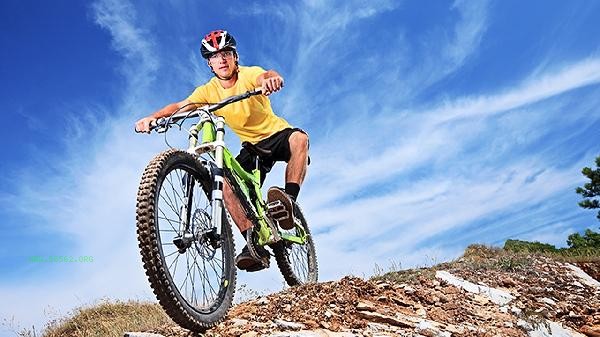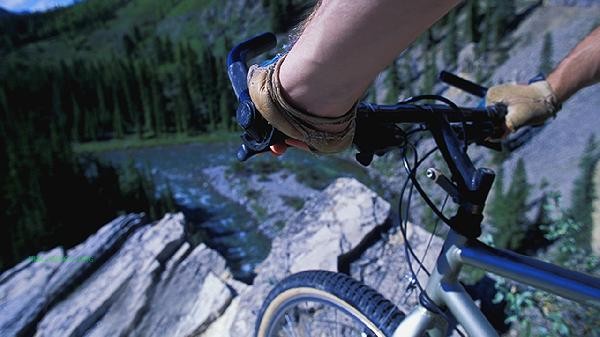Riding a bicycle can improve hip depression, but the effect varies from person to person. Hip depression may be related to factors such as muscle atrophy, uneven fat distribution, genetic factors, sedentary habits, and aging.

1. Muscle Exercise
Cycling mainly stimulates the gluteal muscles, especially the gluteus maximus and gluteus medius, through lower limb movements. Continuous cycling can enhance muscle strength and volume, filling in depressions caused by weak muscles. It is recommended to use climbing cycling or resistance training modes, which have a more significant effect on activating the buttocks. Keep cycling regularly at least 3 times a week for at least 30 minutes each time to achieve the shaping effect.
2. Fat Metabolism
Aerobic cycling can promote whole-body fat burning, and when body fat percentage decreases, the distribution of fat in the buttocks may be more uniform. However, it should be noted that excessive weight loss may worsen the appearance of sagging. It is recommended to combine strength training to maintain muscle mass. Intermittent high-intensity training during cycling helps with local blood circulation and fat metabolism.
3. Posture correction
Correct riding posture is crucial for shaping the buttocks. The seat height should be adjusted to a slightly bent knee position, and the forward tilt angle of the body should not exceed 45 degrees. Incorrect low sitting posture can lead to insufficient muscle power in the buttocks. It is recommended to consult a professional coach for posture assessment and adjustment.

4. Genetic influence
Congenital bone structure and fat distribution determine the basic shape of the buttocks, and cycling has limited improvement on genetic depression. This type of situation requires targeted strength training, such as squats, buttock bridges, and other movements to strengthen muscle support. Severe genetic depression may require medical cosmetic intervention.
5. Comprehensive intervention
Cycling alone may not completely solve the problem of depression. It is recommended to combine protein supplementation and resistance training. Whey protein and collagen contribute to muscle synthesis, while movements such as bridging and locust movements in yoga can enhance isolated hip training. Severe depression should exclude pathological factors such as muscular atrophy. Improving hip depression requires long-term cycling combined with comprehensive training, and attention should be paid to stretching the buttocks before and after cycling to prevent muscle tension. Ensure sufficient intake of high-quality protein in diet to avoid rapid weight loss and skin sagging. If the depression is accompanied by pain or movement disorders, timely medical examination should be conducted to check for diseases such as sacroiliac joint lesions. It is recommended to alternate aerobic exercises such as cycling and swimming with equipment training every week to comprehensively shape the buttocks.







Comments (0)
Leave a Comment
No comments yet
Be the first to share your thoughts!